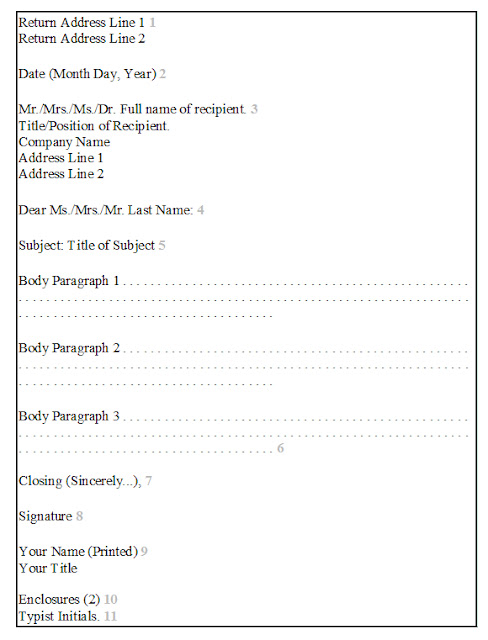AUSTRALIA
Christmas time is Austrialia is often very hot. The traditional meal might consist of a turkey dinner with ham and pork. Mince pies and a flaming Christmas plum pudding are frequently part of the dessert. During the gold rush, the pudding would sometimes contain a gold nugget. Today, a small favor is baked inside. Whoever finds this trinket is believed to be blessed with good luck. Some Australians (and tourists) have their Christmas dinner on the beach. Bondi Beach in Sydney's eastern suburbs in particular attracts thousands of people on Christmas Day. "Carols by Candelight" is an Australian trdition which began in 1937. It takes place every year on Christmas Eve, when tens of thousands of people gather in the City of Melbourne to sing their favorite songs while holding candles. A favorite Christmas decoration is the Christmas Bush, a native plant which sports tiny red-flowered leaves.
For the small percentage of Chinese people who are Christians and who celebrate Christmas, the observed customs are similar to those practiced in the United States. Most erect artificial trees decorated with spangles, paper chains, flowers and lanterns. Chinese Christmas trees are known as "Trees of Light" and their Santa Claus goes by the name of Dun Che Lao Ren, which means "Christmas Old Man."
FRANCE
Children put shoes on the doorstep or by the fireplace on Christmas Eve, in order that Petit Noel (the "Christ Child") or Pere Noel ("Father Christmas") might fill them with gifts. The houses are decorated with misteltoe, considered to be a symbol of good luck, and the French gift-giver has been known to leave sweets, fruit, nuts and small toys hanging on the Christmas tree. In cathedral squares, the story of Christ's birth is reenacted by both living players and puppets. In Provence, an area of southeastern France, the entire family helps bring in the Yule Log, which must be large enough to burn from Christmas Eve until New Year's Day. Many years ago, part of this log was used to make the wedge for the plough as good luck for the coming harvest. French families often set up a small Nativity scenes in their homes and, for their Christmas meal, will frequently serve Strasbourg (liver) pie and black pudding.
THE USA
Santa Claus was born in US in the 1860's he was named this as he had a white beard and a belly, so he was named Santa Claus as this was the Dutch word for St Nicholas, Sintaklaas. In 1863 He was given the name Santa Claus and bore the red suit, pipe, and his reindeer and sleigh. In America the traditional Christmas dinner is roast turkey with vegetables and sauces. For dessert it is rich, fruity Christmas pudding with brandy sauce. Mince pies, pastry cases filled with a mixture of chopped dried fruit. The majority of Americans celebrate Christmas with the exchange of gifts and greetings and with family visits. For many, the day begins on Christmas Eve with the Midnight Mass. At Christmas it snows in many states, so dinner is usually eaten indoors. Dinner usually is roast turkey, goose, duck or ham served with cranberry sauce, then plum pudding or pumpkin pie followed by nuts and fruit. American homes are decorated with holly, mistletoe and branches of trees, most have a Christmas tree hung with electric lights, tinsel, baubles, and strings of popcorn and candy canes.
BRAZIL
One Brazilian tradition is to create a nativity scene or Presépio, which originates from the Hebrew word "presepium" which means the bed of straw upon which Jesus first slept in Bethlehem. Papai Noel, who lives in Greenland, is the gift-bringer. A huge Christmas dinner includes turkey, ham, colored rice, and wonderful vegetables and fruit dishes. Devout Catholics often attend Missa do Galo. Its name is because the rooster announces the coming day and the Missa do Galo finishes at 1 AM on Christmas morning! On December 25th, Catholics go to church, but the masses are mostly late afternoon, because people enjoy sleeping late after the dinner called Ceia de Natal or going to the beach. Fireworks go off in the skies over the cities and huge Christmas "trees" of electric lights. The festivities go on until January 6th, which the Brazilians refer to as Three Kings Day. January 6th is supposed to be the day when three wise men visited Jesus to bring him gifts.
Eager to know about other countries?!















